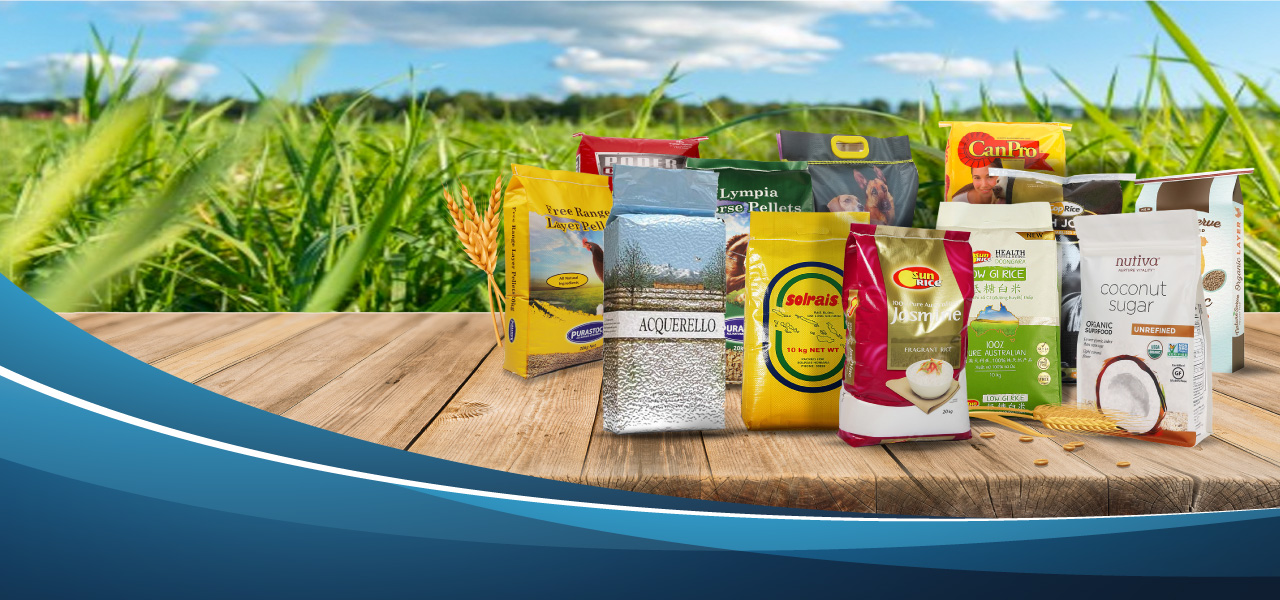Packaging marketing trend
As one of the highly developed capitalist countries, Australia has vast land resources and an appropriate hydrological climate, so it has high forest and grassland coverage and rich products. Such a twelfth largest economy in the world that depends on agricultural products and mineral exports, Australia has abundant products, a developed economy, and strong purchasing power, but its packaging industry is slightly weak, especially the plastic packaging industry. 80% of its plastic products are imported.
Australia’s packaging industry is expected to grow from 33.7 billion units in 2019 to 35.8 billion units in 2024, a compound annual growth rate of 1.2%. Glass packaging is the fastest growing packaging material in 2019-2024. Hard plastics accounted for the largest share of the packaging industry, followed by flexible packaging in the same year. In terms of packaging materials, food and non-alcoholic beverages are the leading industries in 2019 in terms of market share.
In addition, the Australian market has growing demand for packaging machinery and packaging products. The entire industry hopes to reduce costs, improve efficiency and improve product quality through equipment replacement and optimization of production processes.
This essay mainly outlines the situation of Asia packaging market in 2019 which closely associated with the packaging market of Australia and then gives out the problems and demands of the Australian packaging industry. Next mainstream trends and necessary measures in the Australian packaging market will be illustrated.
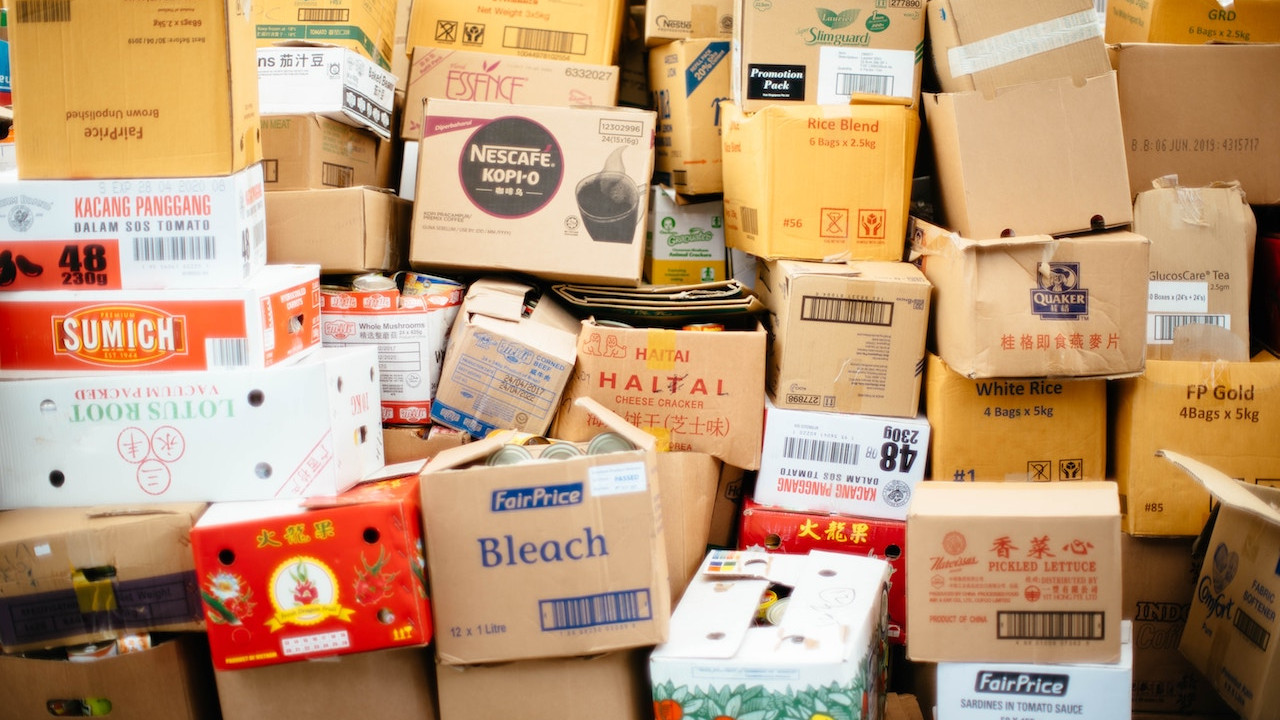
Asia packaging market in 2019
The global packaging market is a large but relatively mature market, and the growth rate is often roughly synchronized with GDP. The packaging industry in the Asia-Pacific region has experienced rapid development and has established a considerable production scale, which has become an important part of the manufacturing industry in this region. Therefore, the development history and prospects of the Asia-Pacific packaging market are the learning objects of Australia’s weak packaging market.
E-commerce growth in the Asia Pacific is triggering a major shift in packaging market requirements in recent years. However, the demand for the packaging market in Asia has been hit by the regional economic downturn, growing only 4.8% in 2019, down from 5.6% the previous year in the packaging market.
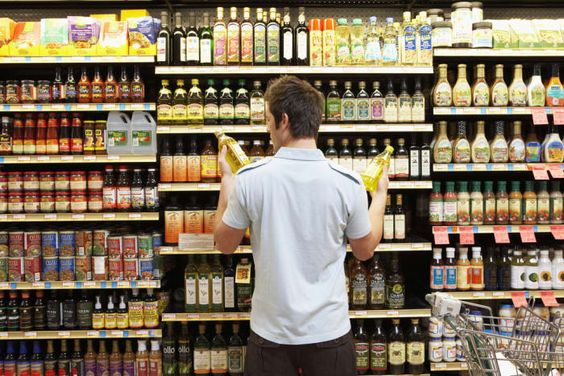
Wood Mackenzie said that this is mainly due to the slower growth of markets in major countries. According to Wood Mackenzie, the region’s important large markets-China and India-have experienced severe supply disruptions in 2019. Other neighbors have also been affected, which has led to a decline in overall Asian growth.
Although China and India have had a significant impact on the economic slowdown, it is worth noting that both countries continue to grow rapidly relative to other major markets in Europe and the Americas.
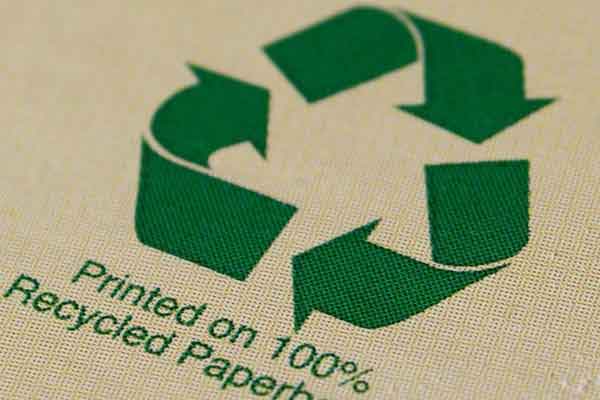
According to Wood Mackenzie, although demand in China has slowed, mature markets such as Japan and South Korea continue to grow at a very modest historical rate.
Although demand growth in India has slowed, most other emerging markets in Southeast Asia have generally maintained their growth trajectory, albeit slightly lower than previous levels.
Despite sluggish growth in 2019, Wood Mackenzie predicts that the Asian flexible packaging market will account for 50% of the global market in the next five years. “Plastic waste and sustainability issues will continue their momentum through 2020 and beyond.
Although the use of flexible packaging in this region is expected to continue to grow significantly, local lawmakers need to find the right way to balance this growth with an effective environmental agenda.” We expect that by 2024, the size of the Asian flexible packaging market will reach $ 52.1 billion. Due to the impact of the coronavirus, there may be short-term disruptions in the next few months, but the epidemic is unlikely to affect the long-term flexible packaging trend throughout the region. “
Problems of the Australia packaging market
The Australian packaging industry has developed many problems in recent years . As the market environment continues to change, these problems may have a profound impact on the Australian packaging industry. To sum up, these issues mainly include sustainable development issues, food safety issues, private labeling issues, etc.
1. Sustainable development is an important development trend of the packaging industry.
Bioplastics and renewable resources have attracted high attention from the industry. Consumers are becoming more aware of the impact of personal behaviour on the environment and placing higher demands on businesses.
Therefore, the Australian printing industry needs to be more proactive in participating in the sustainable development of the international packaging industry and develop practical measuring tools for manufacturing companies.
2.The increasing number of private label products (unbranded products produced by small and medium-sized companies or farms, and simple packaging processing in supermarkets put on their own brands for sale) poses a serious threat to branded products. In 2009, private label products accounted for 45% and 25% of all products sold in Europe and the United States, respectively, and consumers in these regions have matured. Although retailers and consumers have previously resisted private label products, the latter has greatly improved in terms of quality. In Australia, sales of private label products have continued to grow, and they are now targeting the emerging Asian markets with greater potential.
3.The effect of packaging on product value is obvious. Many companies have differentiated themselves in the market through product packaging. The uniqueness of packaging will become a major feature of best-selling products, and the color barcode on product packaging will also become a new trend. Strengthening packaging innovation is also a major task for packaging companies in the future.

Demands of the Australia packaging industry
# The demand for convenient packaging is increasing
Convenient disposable packaging is becoming increasingly needed. Consumers need a wide range of products. At the same time, they have different specifications, packaging of products with different flavors and flavors. Foods that can be heated in microwave ovens, salads, meals, zippers, and gas replacement packages on the supermarket are common convenience packages. Such packages are popular in hostels, restaurants, hospitals, and aircraft.
# Demand changes along with pressure on social change
Changes in family structure, the increase in single-parent families, and adult participation in work will all affect products and packaging. In particular, the growth of the elderly population. At present, the elderly in Australia over 65 years old have accounted for 12% of the total population of the country and will continue to rise in the future. This has also increased the pressure on the easy-to-open packaging system. In the design of the sticker, the visible sticker suitable for the elderly’s vision needs the attention of the packaging supplier and adapts to it.
In addition, with the aging of the population, the social structure of Australia has also changed, which has a certain impact on the packaging of goods. The demand for independent packaging or small packaging of convenience foods is on the rise, and the measurement packaging of unit foods is becoming more and more popular. In addition, in these growth trends, the elderly population in Australia is more concerned about product design, packaging and labelling issues. surroundings
# Individual demand is expanding
Personalization of social needs, it requires a printed version of the same product for several years, and at the same time it can be marketed in small batches. Advances in printing technology will enable the packaging industry to provide personalized product packaging to specific target markets with full color, high speed and minimal print runs.
Trends in the Australia packaging industry
Similar to the Asia Pacific region, the Australian packaging industry is experiencing the following development trends:
1.Electronic information transmission
The point of sale returns the necessary information in the form of electronic information to the raw material supplier and the processing and manufacturing department, including those material suppliers, so they can timely grasp the current market trends and look forward to future trends.
2.Packaging suppliers will improve operations
Continuous improvement of business management will be the overwhelming goal of Australian packaging suppliers at present, and it is also a constant pressure for all packaging suppliers. In the years to come, we will work hard in the following areas.
(1) Improve the level of service to customers.
(3) Make better use of distribution centers.
(4) Standardization and standardization of transit transportation and storage systems.
3. Centralized merger ownership will continue
In the Australian packaging industry, centralizing and merging all poles will be a significant undertaking. With the establishment of a single European Community, product sales span all countries in the entire European Community. It requires packaging suppliers to be able to negotiate a huge market, both financially and in terms of production scale.
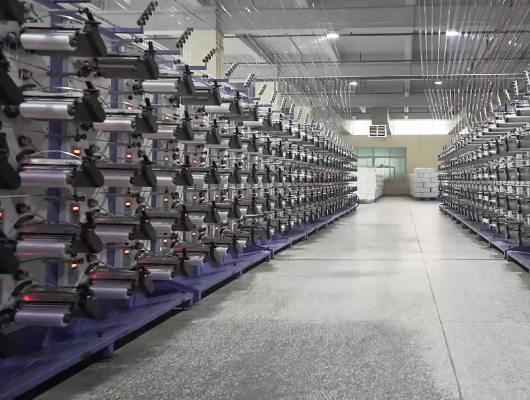
Smaller companies will be restricted in business. Therefore, Australian packers will continue to focus on merging packaging companies. In order to be able to form an international scale, it can compete with competitors in the international market.
4. The core role of packaging will remain unchanged
Although the society’s various requirements and changes in the packaging industry are increasing, the final analysis of packaging will still be based on whether the packaging meets the necessary functions for evaluation. -Protecting products and providing information to consumers, this will be the criterion for evaluating whether a package has successfully performed its task.
Measures should be implemented by the packaging industry in the future
#1 · Marketing ability should be further strengthened
Packaging promotes product sales, and the above-mentioned development trends in various aspects-lifestyle changes, product differentiation, and pressure from the competition, etc., have forced products to first design exquisitely from the appearance of sales packaging, making it more attractive to sell . Therefore, it is expected that high-quality graphic design and the promotional connection between the graphic and the advertisement will be further strengthened in the future.
# 2. Environmental protection should continue to be an important issue
In the Australian packaging industry, the issue of environmental protection is very important. They have raised environmental protection to a strategic level and adopted different measures for the recycling of different materials. But at present, there is no legal restriction on packaging in Australia. As a foreign trader who wants to enter the Australian market, he must have a clear understanding of this point. Environmental protection will continue to be an important issue for the Australian packaging industry. It includes recycling, reducing resource consumption, and reducing the amount of landfill waste. It will be on the agenda of Australian governments at all levels.
#3. Other needs-preservation, anti-counterfeiting, labeling
(1) Preservation-Consumers demand convenience and also preservation. In the United States and Europe, the proportion of gas replacement packaging used in product sales is increasing significantly. Other ways to extend product shelf life are also being developed.
(2) Anti-counterfeiting-The need for anti-counterfeiting packaging is also increasing. The concept of anti-counterfeiting packaging refers to the product packaging has a layer of barrier. Once the product in the package is stolen or tampered, consumers can see the signs of being stolen from the packaging.
(3) Labels-The content of product labels will become more and more detailed, including instructions on how to use them, nutritional ingredients, promotional phrases, barcodes, environmental labels, etc. to become a standard-compliant label.
Conclusion
In general, as the packaging market industry in the Asia-Pacific region slows down due to macroeconomic impacts, increasing demands for convenient packaging and pressure on social change, and hit by centralization of merger ownership, the Australian packaging market industry gradually develops to mature market. In addition, if the packaging market industry does not pay enough attention to its own problems, ignores the training and education of employees, and does not improve their professional skills, it is likely to be eliminated in the market competition. In the context of economic globalization, as a rising star, the Australian packaging industry must not only keep up with the megatrends of the times, seize the opportunities, innovate and expand its market share in a complex international market environment, but also make good use of global market resources to solve challenges in the development process.
About PeimePac
At PrimePac, we bring together design experts and brand innovators to create fresh ideas, customized packages, and fully efficient processes.
We design creative packaging solutions that cater to a diverse global audience with the in-house knowledge and network of experienced professionals to meet the demands of every type of client.
From our dedicated sales team and warehouse staff in Australia to the experts at our production facilities in China, all of our employees are guided by four core values at the heart of our business: integrity, innovation, passion, and engagement.
Network
With our team in China and Australia working as one, we reduce inefficiency so that you deal with one streamlined team from manufacturing right to delivery.
Service support team located in Guangzhou, the manufacturing hub of China, providing rapid response, and local industry knowledge. Warehouse and 3PL net work located in Sydney, to provide rapid distribution, and delivery to your customers.
